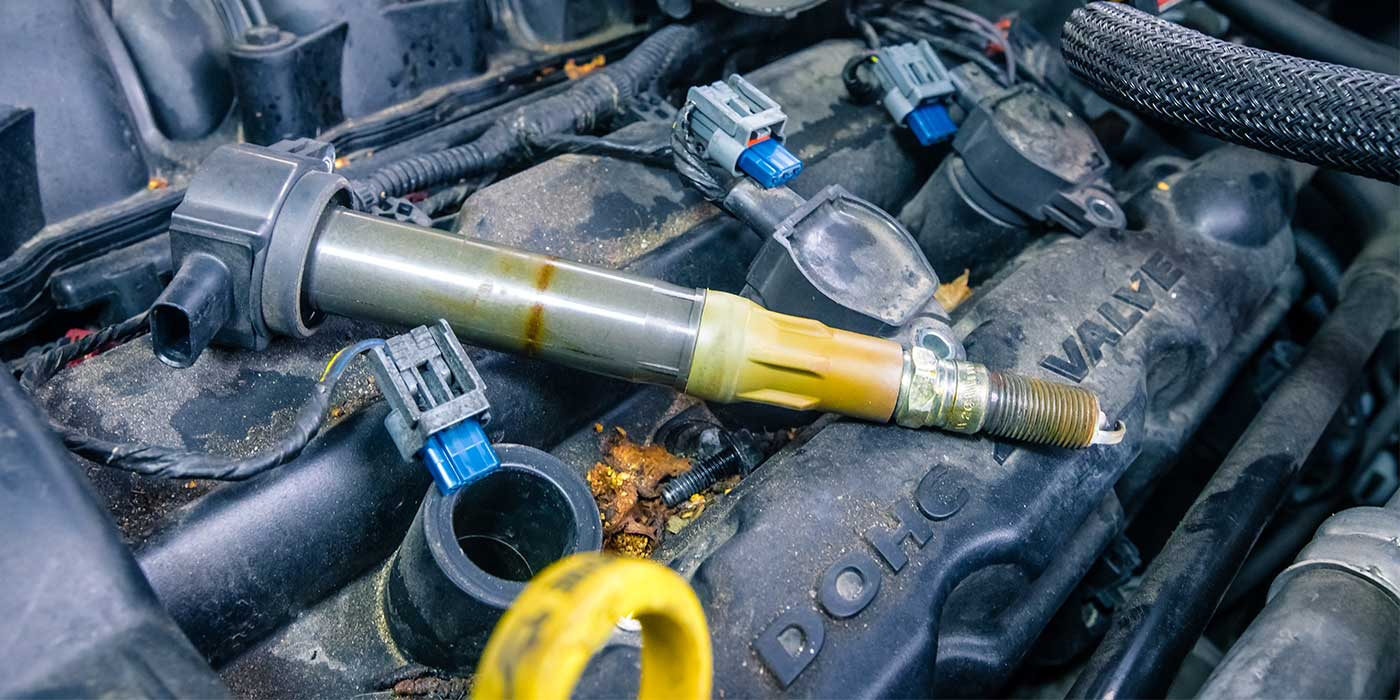Your car’s ignition system is the unsung hero that ensures smooth starts, efficient combustion, and optimal engine performance. At the heart of this system are two critical components: spark plugs and ignition coils. While they may seem small, their role is massive—without them, your engine wouldn’t run at all.
In this blog post, we’ll break down how spark plugs and ignition coils work, signs they might be failing, and why keeping them in good condition is essential for your vehicle’s health.
1. The Role of Spark Plugs in the Ignition System
Spark plugs are small but mighty components that deliver the electric spark needed to ignite the air-fuel mixture in the combustion chamber. Here’s how they work:
- High-voltage electricity from the ignition coil travels to the spark plug.
- The spark plug generates a spark across its electrode gap, igniting the compressed fuel-air mixture.
- This controlled explosion powers the engine’s pistons, keeping your car running smoothly.
Types of Spark Plugs
- Copper: Affordable but wear out faster.
- Iridium & Platinum: Longer-lasting and more efficient.
- Double Platinum: Ideal for waste-spark ignition systems.
Signs of Bad Spark Plugs
- Rough idling or engine misfires
- Poor acceleration and reduced fuel efficiency
- Hard starting or engine hesitation
- Increased exhaust emissions
Most spark plugs need replacement every 30,000 to 100,000 miles, depending on the type.
2. Ignition Coils: The Power Behind the Spark
While spark plugs create the spark, ignition coils provide the high-voltage electricity needed to make it happen. Modern cars typically have one coil per spark plug (coil-on-plug system), while older vehicles may use a single coil with a distributor.
How Ignition Coils Work
- The coil transforms the battery’s low voltage (12V) into thousands of volts (up to 50,000V or more).
- This high-voltage current is sent to the spark plug at the exact moment needed for combustion.
Symptoms of a Failing Ignition Coil
- Engine misfires (feels like jerking or stumbling)
- Check Engine Light (often with codes like P0300-P0304)
- Poor fuel economy
- Difficulty starting the car
- Backfiring or unusual exhaust sounds
Ignition coils can last 60,000 to 100,000 miles, but heat and electrical stress can cause premature failure.
3. How Spark Plugs & Ignition Coils Work Together
The ignition system is a well-coordinated dance between these components:
1. The battery supplies low-voltage power.
2. The ignition coil amplifies the voltage.
3. The spark plug uses that high voltage to create a spark.
4. Combustion occurs, powering the engine.
If either the spark plugs or ignition coils fail, the entire system suffers, leading to poor performance, increased emissions, and potential engine damage.
4. Maintenance Tips for a Healthy Ignition System
- Replace spark plugs at recommended intervals (check your owner’s manual).
- Use high-quality ignition coils if a replacement is needed.
- Watch for warning signs like misfires or rough idling.
- Keep the engine clean—oil leaks or carbon buildup can damage ignition components.
Conclusion
Spark plugs and ignition coils may be small, but they play a massive role in keeping your car running smoothly. Ignoring them can lead to poor performance, wasted fuel, and even costly engine damage.
If you notice any symptoms of ignition system trouble, don’t delay—get it checked by a mechanic or consider a DIY replacement if you’re comfortable. Your car (and your wallet) will thank you!



Comments
Post a Comment
Wish to leave a message?